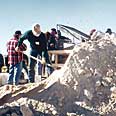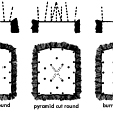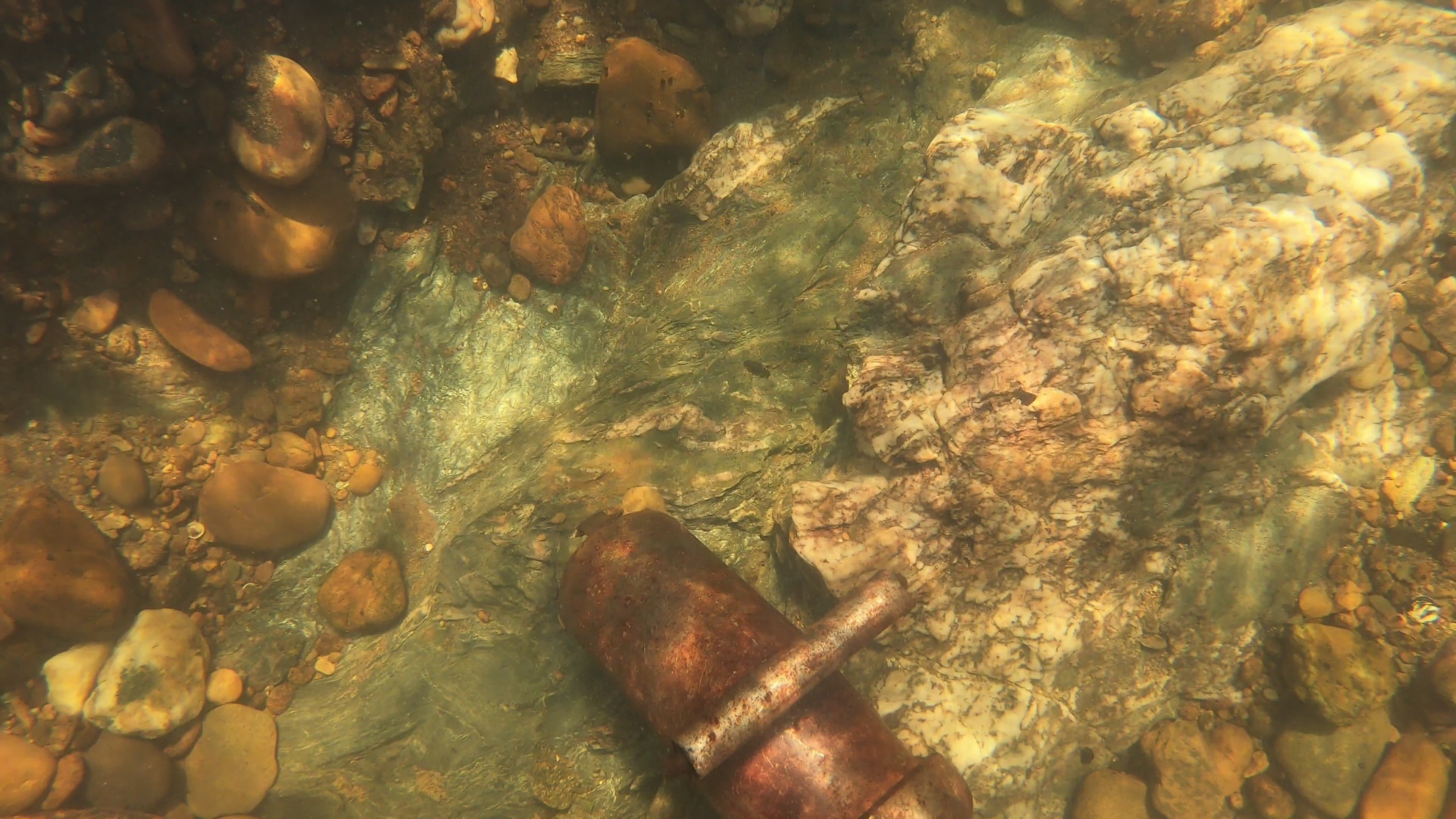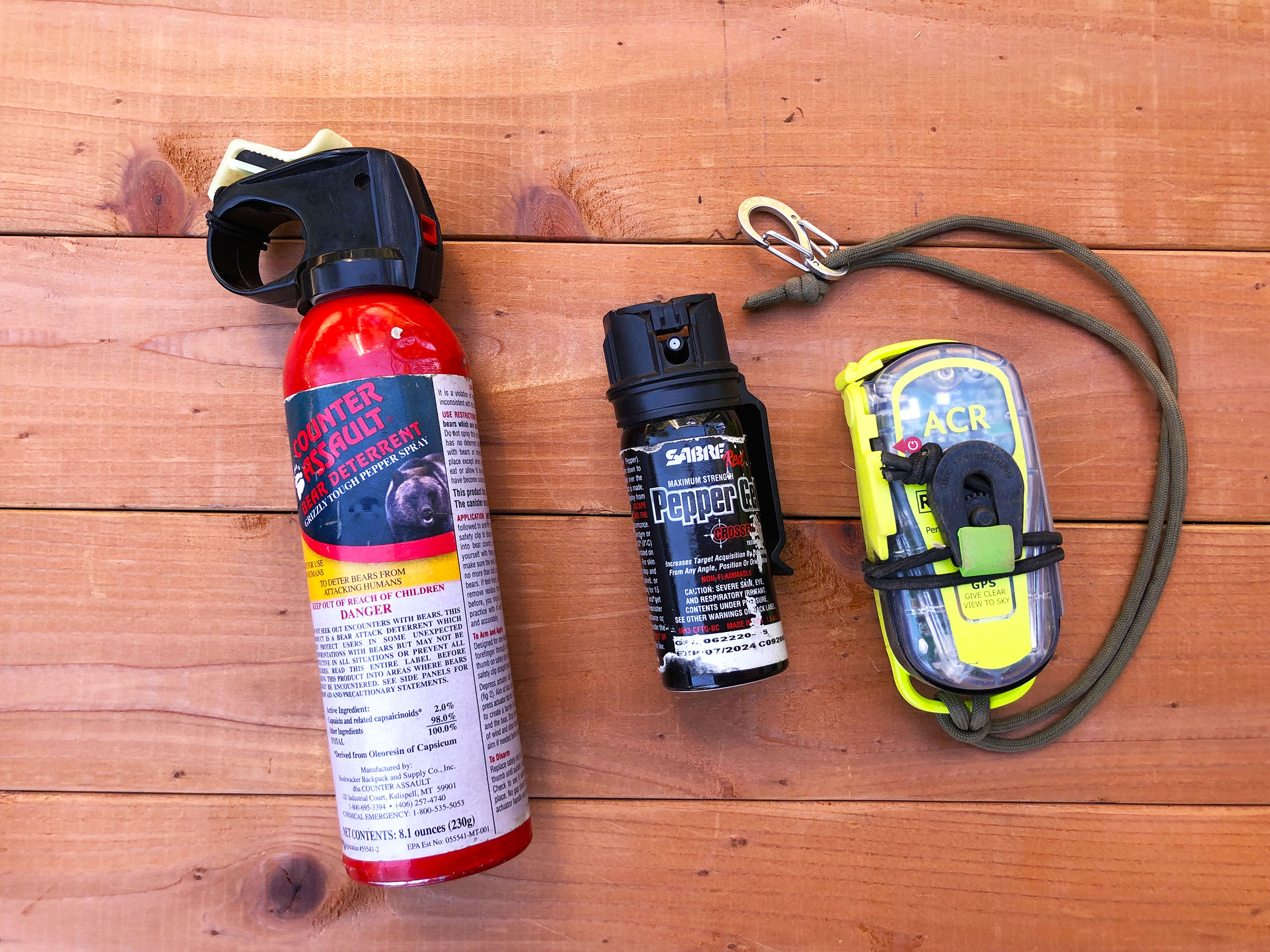All Articles
Legislative and Regulatory Update
March 2006 by Scott Harn
• Meeting planned to address small-scale regulations
The Resources Coalition is hoping to bring together mining interests for a regional meeting to address various mining related issues. The agenda will include examining issues specific to each state, identifying common problems and pursuing relief from excessive regulation. Attorney James Buchal will speak on Mining Rights. The meeting will take place during the Spokane, Washington GPAA Gold Show, May 5-6, 2006.
Interested parties will be able to participate in roundtable-type discussions. Association presidents or their appointed representatives are especially encouraged to attend.
Any organization of record that wishes more information or would like to attend is requested to contact the Resources Coalition via email at info@resourcescoalition.org; or by phone at (425) 343-5373 (Mark Erickson) or (253) 564-0954 (Bruce Beatty).
• Karuk Tribe update
As reported in our February 2006 issue, Jerry Hobbs of Public Lands for the People (PLP) filed to enter as a new party in the Karuk Tribe’s lawsuit against the California Department of Fish & Game (DFG). The New 49’ers, a prospecting club located in Northern California, filed to intervene in the Karuk v. DFG case.
In addition, Hobbs filed a separate lawsuit against DFG in an attempt to block new suction dredge restrictions from being enforced by DFG.
Briefly, DFG agreed to impose new restrictions on suction dredge miners in several waterways in the state in a closed-door agreement reached with the Karuks. DFG apparently did not follow mandated procedures, nor did they notify affected miners. Miners learned at the last minute that DFG and the Karuks were prepared to sign a stipulation before the court, agreeing to the new restrictions.
On February 9, 2006, Alameda County Judge Bonnie Sabraw declined to approve the agreement between DFG and the Karuks, instead granting intervention status to the New 49’ers. Hobbs was denied his motion to enter the case as a new party, though the judge hinted that Hobbs could refile to intervene and could also request this case be consolidated with the lawsuit he filed separately against DFG. If all the necessary arguments are presented adequately by James Buchal, the attorney representing the New 49’ers, then Hobbs may elect to decline intervention and conserve PLP’s funds for the separate lawsuit against DFG.
• Oregon dredgers in their own fight over regulations
Oregon miners are involved in their own ongoing battle with excessive suction dredge regulations. The Oregon Department of Environmental Quality (DEQ) recently placed new restrictions and requirements on suction gold dredgers.
The main problem with DEQ is that the department believes suction gold dredging should be regulated by National Pollutant Discharge Elimination System (NPDES) standards, imposing restrictions not found in other states.
NPDES, which is part of the Clean Water Act, was intended by Congress to regulate pollutants that are discharged into waterways. Small-scale suction gold dredges, even those with intake nozzles of ten inches, do not introduce pollutants into waterways, but rather move material already within the waterway. (The Tulloch decision addresses this issue and will be discussed further next issue.)
DEQ’s permit requires that miners using dredges equipped with a hose of 4 inches or larger (inside diameter) must assure that turbidity is not visible beyond 300 feet at any time. There are other restrictions, and civil fines of $10,000 per day were set for violations.
As an example of the distinct differences between state regulations, Alaska allows dredges with nozzles of up to 10 inches without severe turbidity restrictions nor huge fines.
Following the announcement of the new permit, called the 700-PM, environmental groups sued DEQ. The groups claimed, among other things, that DEQ did not follow proper administrative procedures when developing the permit and failed to place enough restrictions on dredgers.
Oregon dredgers are faced with tough decisions. Do they attempt to intervene in the lawsuit and defend the DEQ permit even though they do not agree the new restrictions? Or do they start over by filing their own lawsuit against the DEQ, forcing the department to prepare a complete Environmental Impact Report (EIR) to try to justify the use of a NPDES-style permit and their severe restrictions? If a court forced the Oregon DEQ to complete an EIR, dredgers could miss more than a season of mining.
The Eastern Oregon Mining Association and the Waldo Mining District are raising funds to intervene on DEQ’s behalf, and also to finance other ongoing court cases. The Waldo Mining District is giving away a vial containing six troy ounces gold. Interested parties can guess how many individual pieces of gold are in the vial. See page 8 for details on the contest.![]()
Common Operations—Small-Scale Mining and Sharing the "Take"
 The “Forty-niners,” known as “Argonauts,” separated the loose gold known as “wet diggin’s” from the river gravels using a wash pan. The pan was made of tin or iron and had a flat bottom and sloping sides.
The “Forty-niners,” known as “Argonauts,” separated the loose gold known as “wet diggin’s” from the river gravels using a wash pan. The pan was made of tin or iron and had a flat bottom and sloping sides.
Montana Lawmakers Want Economic Review of New Mining Rule
A group of lawmakers is asking the state to review the economic effects of a new mining law that one lawmaker contends is nothing more than a thinly veiled effort to end all mining in Montana.
The Lost Silver Triangle of the Sierra Madre—Conclusion: Tayopa, Guaynopa, and Guaynopita
Lieutenant Henry O. Flipper might well have been correct about the “Santa Fe de Rodríquez” being the name of what is now called Guaynopa. However, an Indian named Agustín de la Cruz, who was associated with Cristóbal Rodríquez, is credited with discovering the mine in 1741. It is probable that the Spanish settlement had indeed been found because of its rather extensive ruins.
Ask the Experts
• Gold in West Virginia?
Prospector's Guide to Rock Breaking and Blasting
 The holes were overloaded with explosives, but I didn’t know it. I was just a green mining engineer fresh out of school and told to watch as the experienced miners set the charge.
The holes were overloaded with explosives, but I didn’t know it. I was just a green mining engineer fresh out of school and told to watch as the experienced miners set the charge.
Subscription Required:
The Bawl Mill
• A Word from the Editor
• Basic Geology for the Independent Miner—Part III Understanding Plate Tectonics, Volcanism and Mountain Building
• The Fortymile Goldfields
• The Rocks that Burn—Part II Is Oil Shale the Answer?
• Record Interest at Recent Mining Conventions
• Common Operations—Small-Scale Mining and Sharing the "Take"
• Trout Thriving In Treated Mine Water
• Company Notes
• Melman on Gold & Silver
• Mining Stock Quotes and Mineral & Metal Prices
Free:










